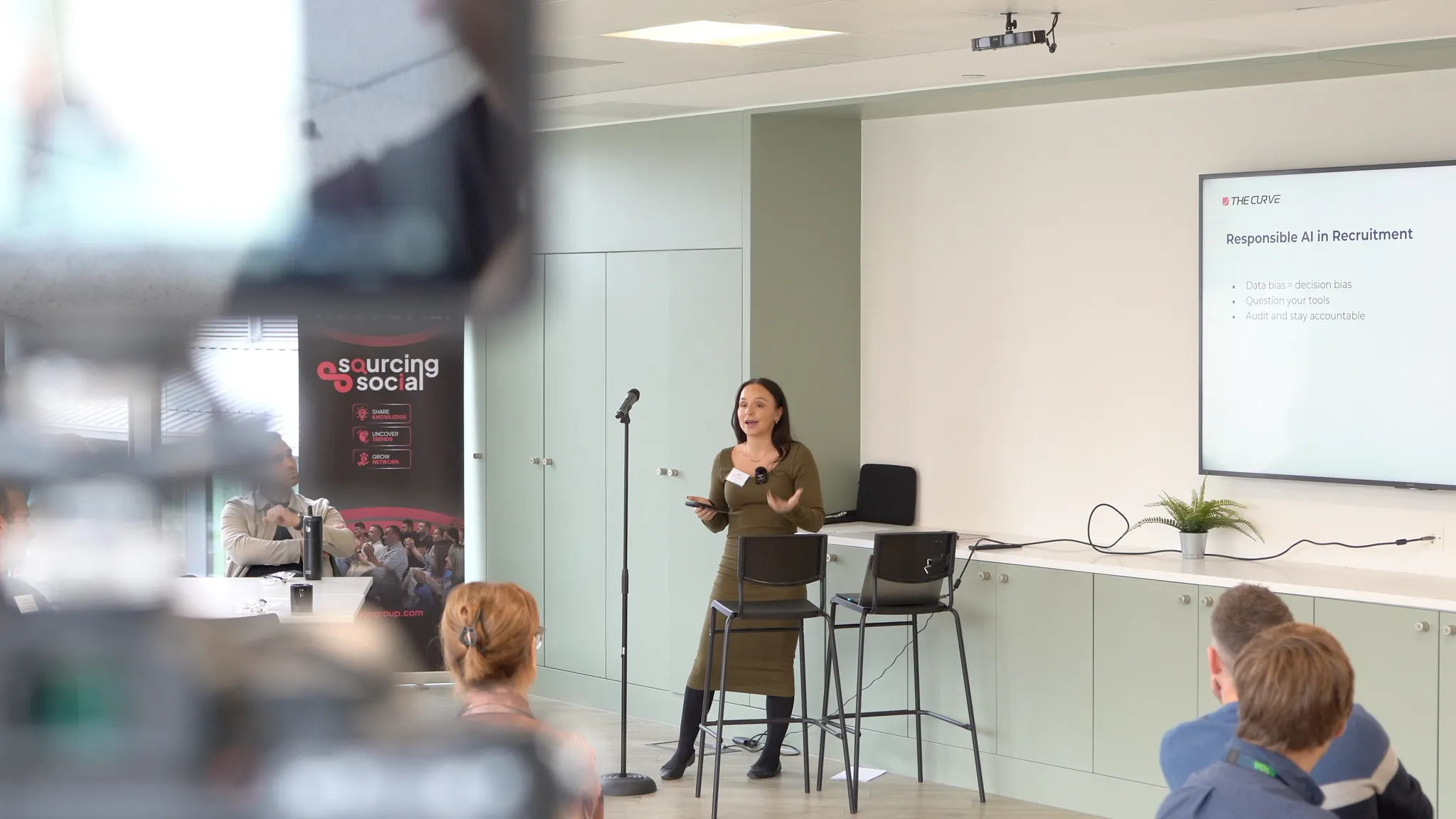
Securing Your Applications and Cloud Environments in Today's Digital Landscape
29 Oct, 20254 minutes
Today's hyper-connected world has made the cloud the foundation of contemporary IT operations. Organisations depend on cloud environments to host mission-critical applications, process customer data and provide continuous innovation.
Although the benefits of the cloud environment, agility, scalability and cost advantage, are undeniable, the risks of protecting applications within these environments have become equally substantial. The issue for companies is no longer if, but how to secure both the cloud infrastructure and the applications that reside in the cloud.
What is a Cloud Environment?
So what is a cloud computing environment? In simple words, a cloud environment is a virtualised IT infrastructure that is delivered over the internet, offering computing resources like servers, storage, databases, networking and software services on demand. To organisations that are enquiring what a cloud environment is or what a cloud computing environment is, the idea is simple: instead of owning physical hardware, companies use cloud service providers to provision and control resources.
With a view to what a cloud computing environment is, it can be aptly described as a working environment where workloads may be deployed to public, private, or hybrid clouds based on compliance, performance, and business requirements. These environments allow organisations to approach infrastructure as variable, expandable and programmable and take advantage of accelerated innovation.
Cloud Environment Advantages
The advantages of cloud environments are well-documented:
- Scalability: Workloads automatically scale up in demand surges and scale back in slow periods, maintaining efficiency.
- Cost efficiency: Pay-as-you-go eliminates upfront data centre capital investment.
- Agility: Development teams can provision resources in minutes, not weeks.
- Resilience: Multi-region redundancy minimises downtime and enhances disaster recovery plans.
- Collaboration: Global teams can access shared resources through a centralised platform.
However, these benefits bring added responsibility for application security and the proper governance of sensitive information.
What is Application Security?
It’s critical to understand what application security is in this case. Application security is the practices, tools and best practices employed to secure applications from threats from cradle to grave, from design and development through deployment and maintenance. Some of the things included are:
- Threat modelling and secure design.
- Static and dynamic code analysis.
- Penetration testing and vulnerability scanning.
- Secure coding guidelines.
- Ongoing security monitoring in production.
In effect, making applications secure involves infusing security into each and every phase of development and tightly coupling it with the specific needs of the cloud based development environment.
Cloud Development Environments
A cloud development environment, a term also used to refer to a cloud-based development environment or cloud-integrated development environment, gives developers access to tools, code repositories, compilers and testing frameworks through the cloud. In contrast to conventional configurations, these environments enable teams to collaborate in real time, push updates effortlessly and integrate seamlessly with CI/CD pipelines.
The advantages are uniform environments between teams, quicker onboarding and less dependency on local infrastructure. These environments, though, increase the attack surface: code, APIs and credentials in the cloud can be attacked if not protected appropriately.
Security Issues in Cloud Environments
With more organisations moving to the cloud, threats have increased in quantity and sophistication. Top concerns are:
- Data breaches: Almost 39% of companies have had a data breach in their cloud environment in 2022, compared with 35% in 2021. Nevertheless, 75% of companies keep over 40% of their data in the cloud, and only 45% of that data is encrypted. This disparity between usage and security leaves companies open to huge risks.
- Misconfigurations: 23% of cloud security incidents are due to misconfigured cloud services, usually through default settings or human action.
- Compromised credentials: Stolen or compromised credentials affect approximately 49% of breaches, highlighting the necessity of more robust identity and access management policies.
- Insufficient integration of security into DevOps: Although 91% of UK companies concur on the necessity of integrating security into development cycles, just 30% have adopted DevSecOps practices, and only 26% have continuous application security testing.
These figures underscore that cloud adoption in itself is insufficient; security maturity needs to improve in concert.
Best Practices for Securing Applications in Cloud Environments
The following are some expert recommendations in terms of best practices for securing applications in a cloud environment.
Embed Security from Day Zero
Security has to be designed into the design phase, not added later by bolting it on. Do threat modelling early, use secure coding guidelines and have automated vulnerability scans as part of the pipeline.
Encrypt Data Everywhere
Since less than half of sensitive cloud-hosted data is encrypted, organisations must implement end-to-end encryption for data in transit, at rest and in backups. Encryption keys must be stored securely, preferably with hardware security modules or cloud-native key management systems.
Consolidate Identity and Access Management (IAM)
Since most breaches are caused by compromised credentials, multi-factor authentication, least-privilege access and ongoing monitoring of login activity are essential. Role-based access controls must be rigorously enforced across the cloud infrastructure.
Automate Compliance and Misconfiguration Detection
Policy-as-code models and continuous compliance scanning can detect misconfigurations before they are exploited by attackers. Automating these helps achieve consistency between multiple cloud environments.
Adopt DevSecOps in Cloud Development Environments
In a cloud development or cloud-integrated development environment, security must be worked on by operations teams and developers at each step. Shifting security left catches vulnerabilities earlier, lowering remediation costs.
Continuous Application Security Testing
Daily penetration testing, code review and dynamic scanning need to be built into CI/CD pipelines. It remedies vulnerabilities prior to production and makes organisations more resilient.
Hire Proven Professionals to Bridge Talent Gaps
Lastly, it's absolutely critical to get the right talent for the job. Tools alone can't secure a cloud environment, you'll need skills as well. With most of the organisations facing a massive skill shortage in cloud and application security, partners like Fruition Group can help you bridge the gap by connecting you to the certified specialists in the industry. This access can help you accelerate cloud adoption while maintaining the highest levels of application security.
Making the Digital Future Safe
As digital transformation advances, one reality becomes evident: the future of enterprise security will be shaped by how organisations can protect their cloud integrated development environment and applications.


